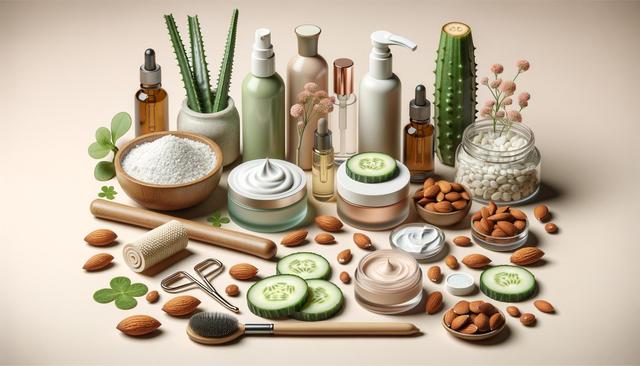Understanding Your Skin Type
Before diving into skin care treatments, it’s important to understand your skin type. Identifying whether your skin is oily, dry, combination, sensitive, or normal helps in selecting the most appropriate products and treatments. Each skin type has distinct characteristics and responds differently to ingredients and environmental factors.
To determine your skin type, observe how it feels a few hours after cleansing. If it appears shiny all over, it’s likely oily. If it feels tight or flaky, it’s dry. Combination skin typically features oiliness in the T-zone (forehead, nose, and chin) and dryness elsewhere. Sensitive skin may react with redness or itching to certain products, while normal skin is balanced and rarely problematic.
Knowing your skin type can guide you in choosing suitable treatments, such as:
- Hydrating facials for dry skin
- Clay masks for oily skin
- Gentle cleansers for sensitive skin
This foundational step helps ensure that any further treatment you consider will be more effective and less likely to cause irritation.
Common Professional Skin Care Treatments
Professional skin care treatments offer targeted solutions to a range of concerns, from acne to aging. These treatments are typically performed in dermatology clinics or spas by trained professionals using specialized equipment and products.
Some of the most popular professional treatments include:
- Chemical peels – Use acids to exfoliate the skin and improve texture and tone
- Microdermabrasion – A mechanical exfoliation technique that reduces the appearance of fine lines and acne scars
- Laser therapy – Targets pigmentation, redness, or wrinkles with focused light energy
- Microneedling – Stimulates collagen production for firmer, smoother skin
- Facials – Can be customized to address hydration, extraction, or anti-aging
These treatments vary in intensity, cost, and downtime. Consulting with a licensed skin care professional helps determine which option aligns with your skin goals and condition.
At-Home Skin Care Practices
Daily skin care at home plays a crucial role in maintaining healthy skin between professional treatments. Creating a consistent routine tailored to your skin type and concerns is vital for long-term results.
A basic routine typically includes:
- Cleansing – Removes dirt, oil, and makeup
- Toning – Balances the skin’s pH and tightens pores
- Moisturizing – Hydrates and protects the skin barrier
- Sun protection – Prevents sun damage and premature aging
Additional steps, such as exfoliating once or twice a week and using serums targeted for specific concerns (like vitamin C for brightness or hyaluronic acid for hydration), can enhance your routine. Remember, consistency is key. Skipping steps or frequently changing products can disrupt your skin’s balance.
Ingredients to Look For and Avoid
Understanding the ingredients in your skin care products is essential to avoid irritation and get the results you want. Some ingredients are known to be beneficial across various skin types, while others may trigger adverse reactions depending on individual sensitivities.
Commonly beneficial ingredients include:
- Niacinamide – Reduces inflammation and improves skin texture
- Retinoids – Encourage cell turnover and reduce signs of aging
- Salicylic acid – Penetrates pores to clear acne
- Ceramides – Help restore the skin barrier
- Glycerin – A gentle, effective humectant that hydrates the skin
However, it’s wise to be cautious with:
- Alcohol – Can be drying for sensitive or dry skin
- Fragrances – Often cause irritation or allergic reactions
- Harsh exfoliants – May damage the skin barrier if overused
Reading product labels and doing patch tests can help you avoid negative reactions. If in doubt, consult a dermatologist for ingredient guidance tailored to your skin’s needs.
Tips for Seasonal Skin Care Adjustments
As seasons change, so do your skin’s needs. Adjusting your skin care routine to accommodate different weather conditions helps maintain balance and avoid flare-ups.
In winter, the cold and dry air can deplete moisture from your skin. To combat this:
- Use a richer moisturizer
- Limit hot showers that can strip natural oils
- Apply a humidifier indoors to maintain moisture
During summer, increased heat and humidity can lead to excess oil and breakouts. In this case:
- Switch to lightweight, oil-free moisturizers
- Cleanse more frequently to manage sweat and buildup
- Stay diligent with sun protection
Spring and fall are great times to reassess your routine and consider incorporating treatments like exfoliation or professional peels to refresh your skin.


